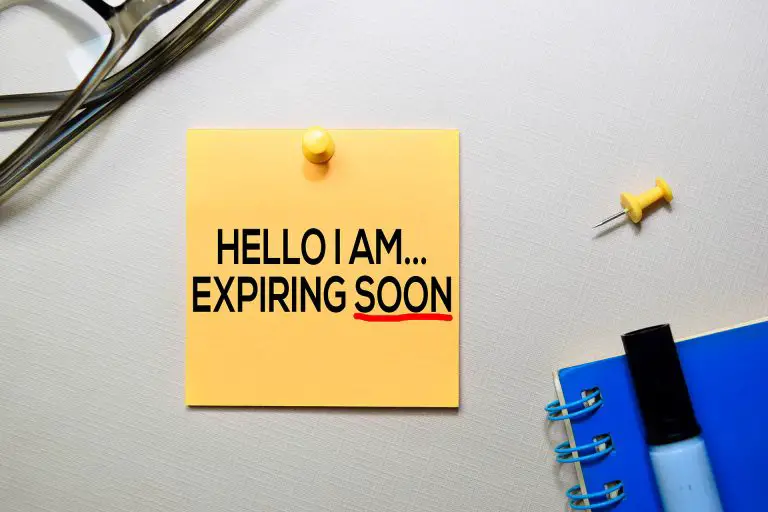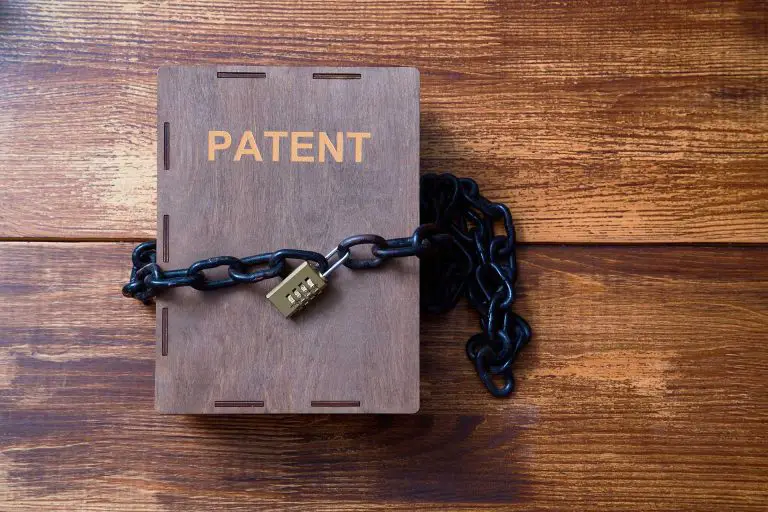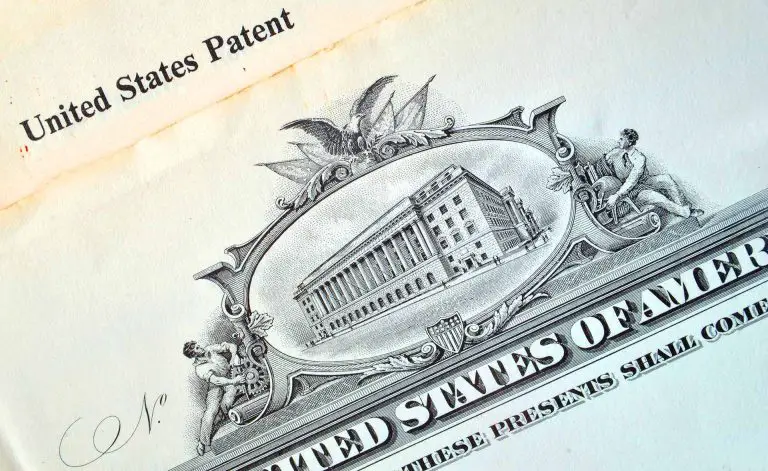Can You Patent a Process?
If you’re an inventor who has developed a process for making something, you may have considered patenting it to prevent others from copying your process and profiting from your hard work. So, can you patent a process? We will discuss the answer to this question in much detail below.
Can You Patent a Process?
Yes, you can patent a process. Patenting a process involves obtaining a utility patent to protect a series of steps taken to manufacture a physical object. That said, to be able to patent a process, your process must have patentable subject matter, must be new and unique, must be useful, and must be nonobvious. We will dive into each one of these requirements below. If you’re successful in patenting your process, you will be able to stop others from using, making, and selling the process for 20 years from the date you filed your utility patent application.
For clarity, a process patent is one that is granted to a person who has created a new and unique process that changes the characteristics of physical materials. Patenting a process is very important because if another person or business patents the process that you use to make something, you will no longer be able to use the process as you will be infringing on the patent holder’s patented process.
As such, if you rely on a process to manufacture something, and the process is new and unique, you should explore the option of patenting it to continue using the process, as well as stopping others from using the same or similar process.
How Can You Patent a Process?
To patent a process, you will need to apply for a utility patent. Utility patents are used to protect new inventions, processes, machines, and articles of manufacture. To qualify for a utility patent, the process you want to patent must (1) have a patentable subject matter, (2) be novel (new), (3) nonobvious, and be useful (have utility).
- Patentable Subject Matter – For you to patent a process, the process must have a patentable subject matter, and the process for manufacturing physical objects falls under the umbrella of patentable subject matter for which the USPTO provides patent protection. That said, if you patent a process, you’re only patenting the process for making an object and not the object produced by the process. To be able to patent your process, your process must satisfy the remaining requirements.
- Novelty – The process that you want to patent must be novel, meaning the process you want to patent is different from all other processes that have been publicly disclosed or patented. If anyone else has publicly disclosed or patent a process that’s the same as or similar to yours, you will not be able to patent your process. Also, to patent your process, you must patent it within 12 months of disclosing the process to the public. Note: Keeping the process secret and using it, does not constitute public disclosure of the process. However, if you tell the public about your process, it will be deemed to have been disclosed and you have exactly 1 yeat during which to file a patent application to protect it.
- Nonobviousness – To patent your process, the process must be non-obvious, that is, the process must not be obvious to a person skilled in the field of the process you’re trying to patent. The process must demonstrate something that’s new. You will be able to satisfy this requirement if you can show that your process is significantly different from all other processes that have been publicly disclosed or patented in the past. For example, if your process solves a problem that no other process has solved in the past, this is strong evidence that your process is indeed nonobvious and should therefore qualify for a utility patent.
- Utility – To patent your process, the final task you have is to establish the usefulness of your process. The usefulness requirement can be established by showing that your process offers some utility, meaning it offers some identifiable benefit to society. For most inventions and processes, the utility requirement is easily satisfied so long as you include a statement that explains the utility of your invention in your utility patent application.
If you’re deciding whether to patent your process, you should consult with a licensed patent attorney in your jurisdiction. A patent attorney will give you a better idea as to whether you have a process that qualifies for a patent. If you can’t afford a patent attorney, you should consider searching for an experienced patent agent. Patent agents are just as qualified as patent attorneys to assist inventors with patenting their inventions and processes.
Preparing a Patent Application to Patent Your Process
Once you or your attorney has determined that your process is eligible for a patent, you must conduct a prior art search and prepare a utility patent application to patent your invention. Other than inventing your process, preparing a utility patent application is the most time-consuming process that you will need to complete to patent your process.
If you do not have experience preparing a patent application, you should seriously consider hiring an experience patent attorney or patent agent to assist you with preparing and filing your patent application. How well your patent application is prepared will determine the patent protection offered by your utility patent.
This is so because a patent application is similar to a deed for a parcel of land in that the patent application sets forth the scope of protection for your process just as a deed sets forth the boundaries of a piece of land. Therefore, hiring an experience attorney who knows how to draft patent application is essential to obtaining the strongest patent protection.
A patent application must include the following sections:
- Title of your invention
- Cross-references to relevant patent applications
- A statement explaining any Federally sponsored R&D
- Background of the invention
- Summary of the invention
- Invention drawings
- Brief description of the drawings
- Invention claims
- Abstract of the invention
In the event that you cannot afford to hire a patent attorney, you should consider hiring a patent agent. Patent agents are just as qualified as patent attorneys to assist inventors with patenting their inventions. Hiring a patent attorney or patent agent can save you a lot of money and headache in the long run.
How Long Does it Take to Patent a Process?
According to data from the USPTO, it currently takes the USPTO 24 months to either grant or deny a utility patent application. That said, if you want to expedite the processing of your utility patent application, you should consider using the USPTO’s Track One Service. Track One promises inventors to have a decision (grant or deny) within as little as 12 months. Some inventors who have used the services have reported obtaining a decision on their patent application within as little as 6 months.
Why Is It Important For You to Patent Your Process?
Patenting your process is very important for you because as a patent holder over your process, you will be able to stop everyone else from using, making, and selling your process for 20 years from the date you filed your patent application.
During your 20 year patent term, you will be able to stop anyone else from using, making, and selling your process within the United States.
If you find someone else using the same or similar process, you can bring a patent infringement lawsuit against them in Federal Court. If your lawsuit is successful, you will obtain a court order, ordering the infringing party to immediately stop using your patented process.
Alternative to Patenting Your Process
If you do not want to patent your process, there are some alternative forms of intellectual property protection that you can use to protect your process. Patenting your invention involves publicly disclosing your process in exchange for a patent, which allows you to prohibit others from using, making, and selling your invention.
Trade secret protection, on the other hand, allows you to protect your process so long as you keep your process secret. Keeping your process secret involves taking reasonable measures to prevent the disclosure of your process. To qualify for trade secret protection, you do not need to apply for any form of IP.
To protect your process as a trade secret, you should only share your process with your employees, and you should have your employees sign an NDA (non-dsiclosure agreement), prohibiting them from disclosing your process and how it works.
In the event that an employee violates his or her NDA, you can bring a lawsuit against them for breach of the NDA. Typically, most employees will not violate their NDA because of the financial penalties that they will face as a result of their breach of the agreement.
Patent Rebel Frequently Asked Questions (FAQs)
1. Can you patent a process in the US?
Yes, in the United States you can get a utility patent to protect your process so long as the process meets the patenting requirements set forth by the USPTO.
2. How do you patent a process?
You can patent a process by preparing a patent application, filing it with the USPTO, and paying the patenting fees to the USPTO. That said, if you do not have experience preparing utility patent applications, you should consider hiring an attorney to assist you with preparing, filing, and prosecuting your patent application.
3. How long does a process patent last?
To patent a process, you need a utility patent, utility patents last for 20 years from the date that you submit a regular non-provisional patent application.
4. How long does it take to get a process patent?
To patent a process, you will need to apply for a utility patent application. Utility patents take on average of 24 months to either be granted or denied a patent. You have the option of expediting your patent application by applying for Track One.







